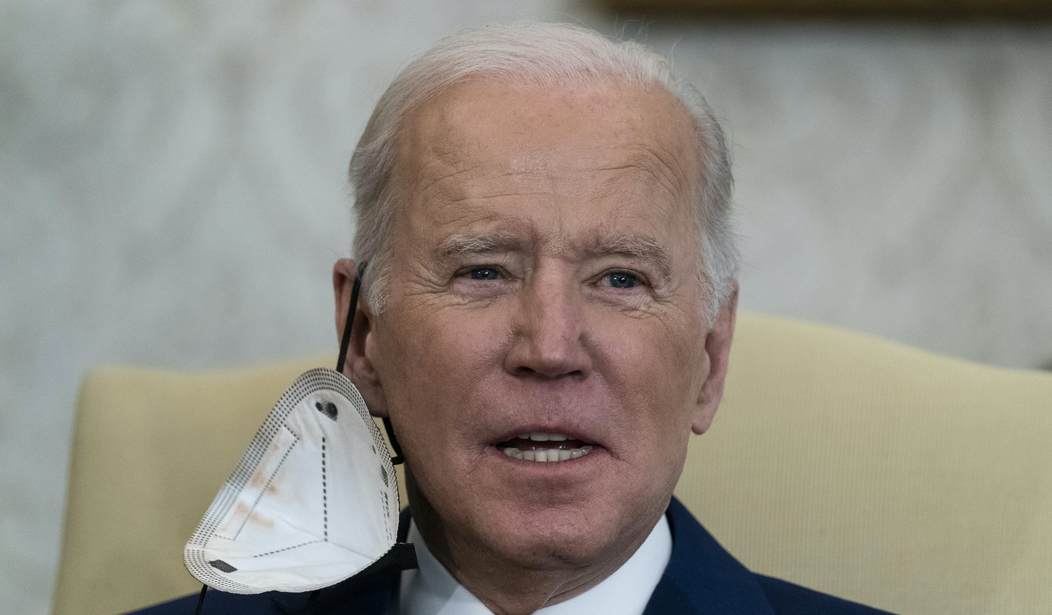A great question from David Leonhardt, and not the first time he’s raised it either. As Democratic governors begin to recognize the need for actual and complete risk balancing, the New York Times’ voice of COVID reason reminds readers of the limits of the “follow the science” mantra. If we only followed the science, our lives would look much different, and not for the better:
The C.D.C. describes medium-rare hamburgers as “undercooked” and dangerous. The agency also directs Americans to avoid raw cookie dough and not to eat more than a teaspoon or so of salt every day. And the C.D.C. tells sexually active women of childbearing age not to drink alcohol unless they are on birth control.
If you happen to be somebody who engages in any of these risky activities, I have some bad news for you this morning: You apparently do not believe in following the science.
The misery of the Covid-19 pandemic — with its death, illness, isolation and frustration — has left many Americans desperate for clear guidance on how to live safely. People want to protect themselves, their family and their communities, especially the most medically vulnerable members of it. This instinct is both understandable and profoundly decent.
But it has led to a widespread misunderstanding. Many people have come to believe that expert opinion is a unitary, omniscient force. That’s the assumption behind the phrases “follow the science” and “what the science says.” It imagines science almost as a god — Science — who could solve our dilemmas if we only listened.
That’s certainly how the phrase has been invoked — as a religious doctrine. Unfortunately, even in that sense, people who use it have been mighty particular about which Science they follow. Policymakers have not been terribly interested in the Science that has shown that classrooms are not a vector for COVID-19 community transmission, for instance. Nor have they demonstrated adherence to the Science of exposure-related acquired immunity, not to mention the Science that vaccinations do not protect against transmission.
Mostly, though, they have consistently ignored the Science of harm that shutdowns and mask mandates do, especially to children and their development. Leonhardt raises that point in pleading for a comprehensive approach to risk balancing, especially in an environment where vaccination and/or exposure is rapidly approaching universality in the US:
Proponents of an immediate return to normalcy claim, implausibly, that masks and social distancing do nothing to reduce the spread of Covid and that anyone who says otherwise doesn’t care about schoolchildren. Proponents of rigorous Covid mitigation claim, just as implausibly, that isolation and masking have no real downsides and that anyone who says otherwise doesn’t care about the immunocompromised.
The truth is that Covid restrictions — mask mandates, extended quarantines, restrictions on gatherings, school closures during outbreaks — can both slow the virus’s spread and have harmful side effects. These restrictions can reduce serious Covid illness and death among the immunocompromised, elderly and unvaccinated. They can also lead to mental-health problems, lost learning for children, child-care hardships for lower-income families, and isolation and frustration that have fueled suicides, drug overdoses and violent crime.
If we follow the Science as provided by the CDC, we find that transmission spikes were just as pronounced in mask-mandated New York as it was in mandate-free Florida and Texas in the Omicron wave. Masks can help mitigate transmission and exposure, and viral loads matter in both instances, but the data showed that Omicron got around those barriers rather easily. As a member of a vaccinated/boosted immunocompromised household, I can attest that we rely on masking in enclosed public spaces for that mitigation during such spikes, but we don’t see it as a reliable prevention device … because masks aren’t that reliable against massive viral waves. We also don’t feel the need to dictate that choice for others, especially children who are at extremely low risk to catch or transmit COVID-19.
Nor does any of the Science really dictate that, when read properly. These dictates come from policymakers who want to be seen as Doing Something in a crisis, when in reality Doing Something might leave us much worse off than Doing Something Else. That has been especially true when it comes to children, who despite having the lowest risk for COVID-19 even while unvaccinated have borne much of the burden of it, thanks to panicked adults.
It’s time to recognize that The Science informs our risk balancing, not dictates it. Its usefulness comes in direct proportion to the amount of it we use for all outcomes in those risk-balancing decisions. For too long, we’ve let the panic severely limit those considerations, which has led to very bad policymaking. It’s long past time to let people make these decisions for themselves.








Join the conversation as a VIP Member